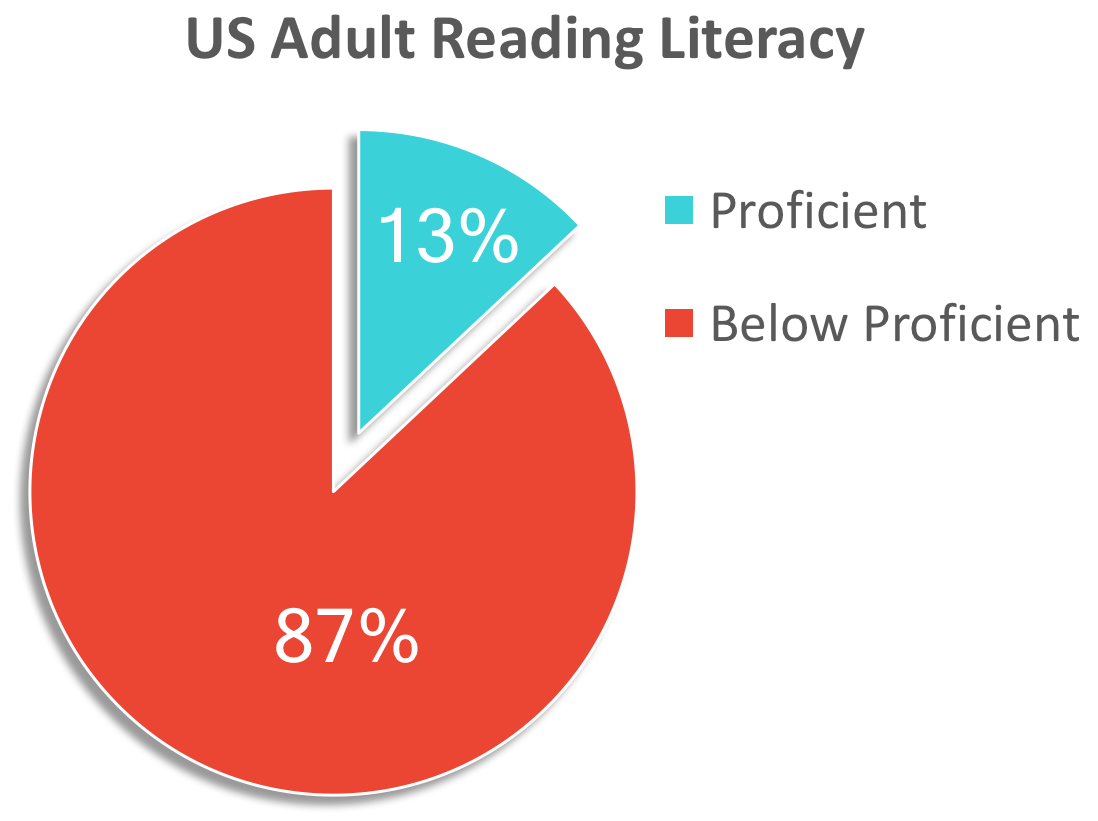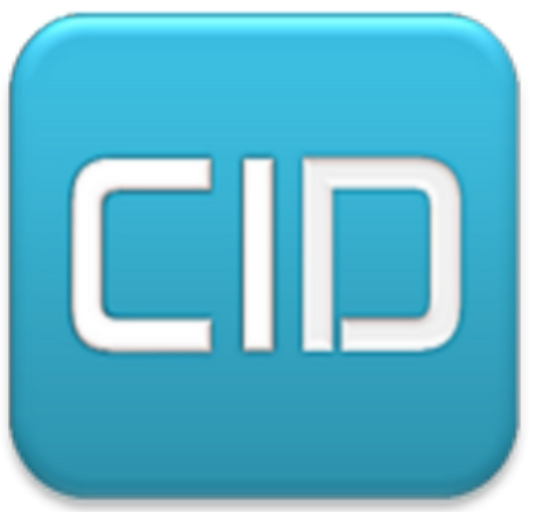Publishing
Your Field & CID
How Publishers Benefit from CID
The field of reading – and with it publishing – has changed in 2 significant ways.
1. Reading is now considered a science. So we can now align how we present printed materials with how we actually process information.
2. Availability of electronic devices now offers people other reading options.
Products that can benefit from being cognitive-based include:
- Newspapers
- Magazines
- Books –
- “How To” Books
- Textbooks
- Training Manuals
- Medical books

The Rebirth of Publishing?
Publishing has changed dramatically. There are numerous factors to consider when addressing the probability of survival. Factors such as e-books, transmedia storytelling, & print-on-demand are being addressed by others while CID focuses on the formatting of what the viewer sees.
They agree that there is still a reading audience – one that wants to be drawn into the topic & have a pleasant, not frustrating, reading experience.
Learn More
In addition, early research shows that those reading hard copy were more likely to remember what they read compared to those reading the same information electronically. This could increase the demand for publishers’ products intended for learning or sharing information.
Recrafting information into formats that parallel how we actually process information could help advance this demand.
This can be accomplished by using Cognitive-based Information Design [CID] to present information, increasing the probability of reader engagement & ease of understanding.
Could publishers see this as an opportunity to take the industry deeper into the 21st century? Creating CID formats would not require investment in new equipment, but investment in people trained to design for the cognitive process of reading & learning.
Publishers who understand the need for this type of format could become the new front runners in their field.
New Forms of Reading and Publishing
New Forms of Reading and Publishing Take Center Stage at Ithaka Conference
By Jennifer Howard, New York. September 21, 2011
Researchers and students haven’t stopped reading in this digital era. But how they interact with texts continues to expand & evolve. The trick for publishers and librarians is how to respond to those changes. On Tuesday, speakers at the Ithaka Sustainable Scholarship conference shared insights into how to adapt spaces and texts to suit today’s readers and users…
Barbara Rockenbach, director of the humanities and history libraries at Columbia University, …laid out some steps that libraries could take to support those new approaches: provide the wherewithal for users to repurpose and reformat texts…and encourage publishers to produce flexibly formatted texts.
A Need to Be Flexible
Other speakers made it clear that publishers today need to be flexible in many ways and that being successful is not just a matter of moving traditional print-driven activities online. “You’re seeing these venerable brands that used to dominate publishing fighting for their lives on the Web,” said Richard Ziade, the founding partner of the design-and-technology firm Arc90 …Instead of focusing on how to get their old reader numbers back, he said, publishers should think about new ways to create and serve up content. People don’t like paywalls, he said, but they “will pay for a great reading experience.”
Retrieved from The Chronicle of Higher Education

Data from the U.S. Department of Education, National Center for Education Statistics.
- Literacy was defined as the knowledge & skills needed by adults, in life & at work, to use information from various texts (e.g., news stories, editorials, manuals, brochures) in various formats (e.g., texts, maps, tables, charts, forms, time tables).
- The test questions were developed to assess the respondent’s ability to: retrieve, compare, integrate & synthesize information from texts & to make inferences, among other skills.
- The population included adults ages 16-65 from varied socio-economic status, across gender & educational levels.
- The 87% below Proficient were divided into the following subsections: Intermediate, Basic, Below Basic.]
A silent PROBLEM
ADULT READING ABILITIES
The majority of US adults have been found to be below proficient in their ability to read, interpret & apply what they read accurately.
Our culture is being inundated with information yet the majority of U.S. adults may have difficulty properly interpreting or correctly understanding what they read.
This poses a pivotal challenge to professionals whose job it is to effectively convey information using text.
A simple SOLUTION
Information shown in cognitive-based formats (CID) can help people to accurately interpret visual or written information. Investing 4 hours to learn CID in a hands-on workshop is cost-effective and will improve the quality of your communications.
“Character is the ability to carry out a good resolution long after the excitement of the moment has passed.”
Cavett Robert
American lawyer & professional speaker
© 2022 The CID Group, LLC. All Rights Reserved.
Web Design by LimeGlow Design.
